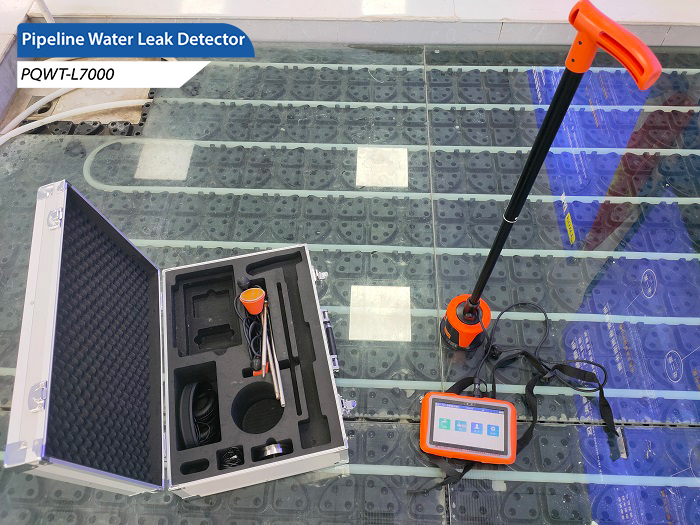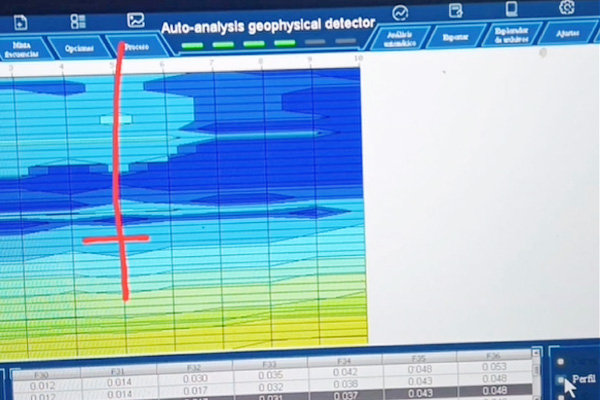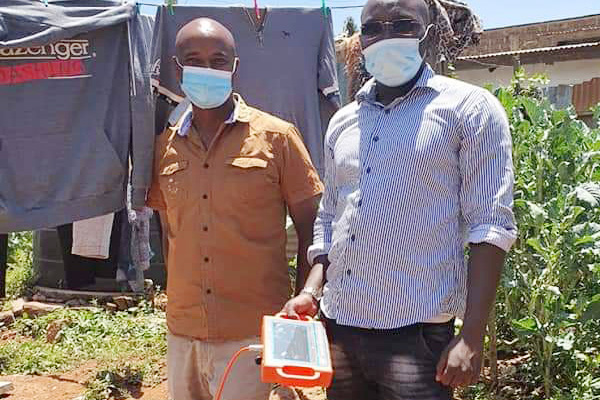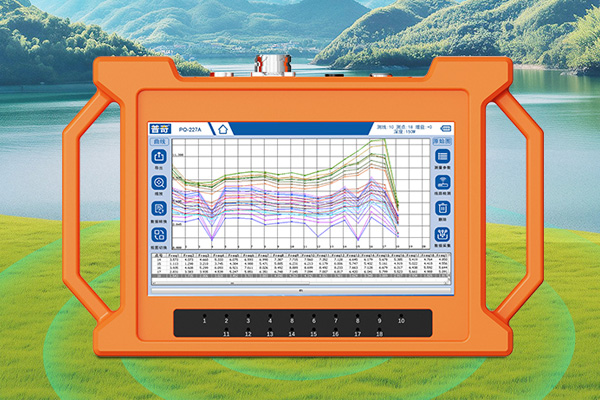In everyday life, leaking water pipes can do more than waste water—they can also cause wall seepage, warped floors, and even structural damage to your home. Detecting and repairing leaks in time is essential for a safe and comfortable living environment. This article introduces several practical and efficient methods for household water leak detection, with a strong recommendation to use a pipeline leak detector to accurately locate and resolve potential issues.

1. Observe the Water Meter: A Quick Way to Identify Hidden Leaks
The first step in home water leak detection is checking the water meter. Turn off all water-using appliances, including faucets, washing machines, and water heaters. Once everything is shut off, observe the water meter needle. If it continues to move, it likely indicates a leak within your plumbing system. This method is easy to perform and doesn’t require any tools, making it ideal for a quick self-check.
2. Pressure Test: A More Technical Way to Confirm Leaks
If you suspect a leak but want more confirmation, a pressure test is a reliable method. This involves turning off the main water inlet valve, removing the hot water inlet hose, and using a pressurizing pump to raise the water pressure in the pipes to around 8–10 bars. Then monitor the pressure gauge. A gradual drop in pressure usually confirms a leak somewhere in the system. This method is accurate but requires basic technical knowledge and tools.
3. Use a Professional Pipeline Leak Detector: Smart and Efficient
For concealed or hard-to-detect leaks, traditional methods often fall short. This is where a pipeline leak detector becomes invaluable.
Common types of advanced leak detectors include:
Infrared Thermal Imaging Leak Detector: Detects temperature variations on walls or floors to pinpoint leak areas.
Acoustic Pipeline Leak Detector: Equipped with high-sensitivity sensors that pick up sound waves caused by water escaping from a leak.
Smart Frequency Analyzers: Analyze audio signals within the pipeline to locate leaks, even in underground or sealed systems.
These pipeline leak detectors are widely used in residential homes, office buildings, hotels, and hospitals, especially for finding hidden leaks behind walls or under floors.
4. Acoustic Detection: Sound Technology + Expert Experience
Acoustic detection involves using specialized headphones and leak detection equipment to "listen" along the pipeline. Trained technicians can identify the unique sounds created when water escapes under pressure. While this method requires professional experience, it is highly effective in the right conditions—especially when used with advanced pipeline leak detectors.
5. Additional Supporting Techniques
Depending on your environment, the following supplementary methods can also be helpful:
Infrared Thermal Scanning: Ideal for scanning wide areas and identifying heat differences caused by water leakage.
Pressure Monitoring: Real-time monitoring of pipeline pressure changes to identify abnormalities.
Dye Test: Adding colored dye into the pipeline and observing leak points from visible outlets.
Corrosion Detectors: Designed for detecting corrosion-related leaks in metal pipes.
Expert Advice: Don’t DIY Complex Leak Detection
While the above methods are effective, leak detection often requires professional expertise. Improper use of a pressure pump or pipeline leak detector could worsen the situation. When you notice signs of abnormal water usage or suspect a leak, it's best to contact a certified plumbing inspection service. They can accurately diagnose and fix the issue without causing unnecessary damage.
Why Choose a Professional Pipeline Leak Detector?
High Precision: Locate leaks within a 10 cm range
Non-Invasive: No need to break floors or walls
Wide Applications: Suitable for homes, offices, and commercial facilities
Fast Results: Leak detection completed within 30–60 minutes
Conclusion
A leaking pipe might seem minor, but it can lead to major consequences. Using the right detection tools—especially a pipeline leak detector—can save time, money, and prevent long-term damage. If you’re facing a leak problem, consider upgrading your approach with intelligent leak detection solutions. Let smart technology safeguard your home.








